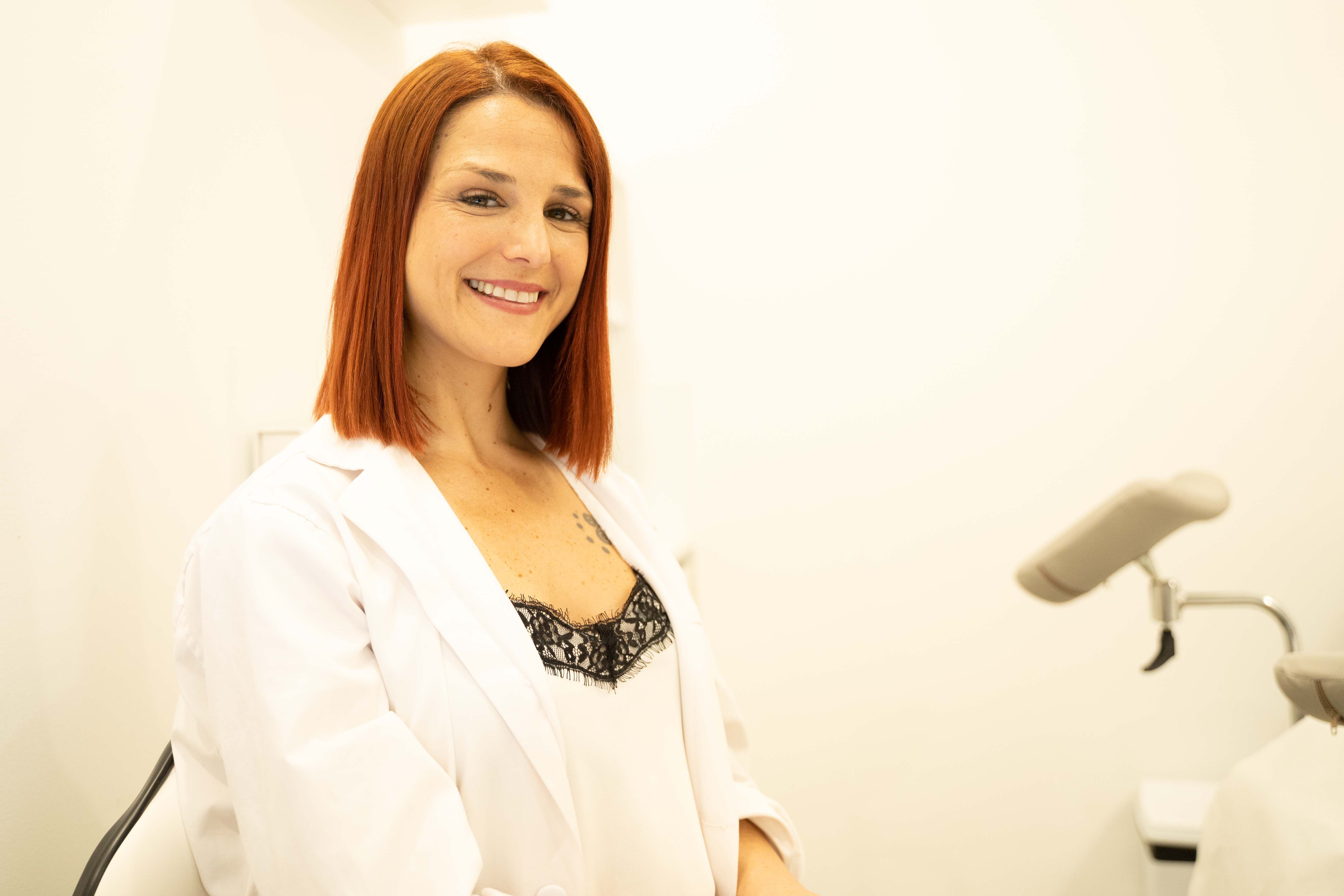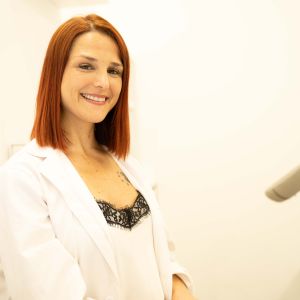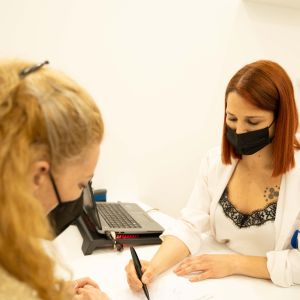
The triple aesthetic and functional reparative benefit of regenerative gynaecology for women's wellbeing
The modern woman is an empowered woman, who gives more importance to her sexuality and intimate wellbeing, demanding treatments that allow her to improve her quality of life. In this context, regenerative gynaecology was born with the aim of providing a solution to various problems related to women's intimate wellbeing that previously had no solution.
Its effectiveness is based on the recovery of tissue that has been damaged or has aged, for which different types of equipment and biostimulating treatments are used. Thanks to this, a triple benefit is achieved: regenerative, aesthetic and functional.
"They are regenerative treatments because biostimulation allows the cells to recover the health they had lost; in this way they also recover their functionality in sexuality and quality of life, as well as giving a more harmonious and healthy appearance to the tissue, thus also improving aesthetics," says Dr. Marta Recio.
With devices such as CO2 vaginal laser, radiofrequency or carboxitherapy, or biostimulating infiltrations, such as platelet-rich plasma or hyaluronic acid, it is possible to address multiple problems that affect women's intimate well-being. Vaginal atrophy or dryness in menopause, vaginal hyperlaxity (sensation of an open vagina) or postpartum tears, dyspareunia or pain during sexual intercourse and urinary incontinence are some of them.
C02 vaginal laser
The vaginal laser is a cutting-edge technology which, by means of a photothermal effect, induces the formation of new collagen and elastin fibres and stimulates the neoformation of blood vessels.
As the specialist explains, "this improves the elasticity, hydration and sensitivity of the vaginal canal and vulva". It is carried out quickly and painlessly in the consulting room. It usually requires 3 sessions, spaced between 4 and 6 weeks apart.
It is indicated for vaginal rejuvenation, postpartum vaginal tightening, urinary incontinence, vaginal dryness, candidiasis and recurrent urinary infections, Menopausal Genitourinary Syndrome, atrophic lichen sclerosus and vaginal prolapse.
Radiofrequency
Radiofrequency is a treatment that, when applied to the vaginal or vulvar area, induces a stimulation of cellular activity in the tissues so that they continue or return to function correctly and more efficiently. Its light thermal effect - pleasant heat - provides a supply of nutrients and oxygen, accelerating the metabolic reaction of our organism and thus favouring the regeneration of the tissues. It also improves the ability of the pelvic muscles to contract and relax, reducing pain.
It is carried out painlessly in the consulting room. The number of sessions will depend on the pathology to be treated, generally about 3 sessions spaced between 3 and 4 weeks apart. It is especially indicated for pelvic pain, dyspareunia (pain with sexual intercourse), vaginal rejuvenation, vaginal hyperlaxity, stress incontinence, genitourinary syndrome of the menopause, pre- and post-surgery treatment (labiaplasty, caesarean section, hysterectomy), caesarean section, hysterectomy), wound and scar treatments (episiotomies, tears, surgeries), burns, skin tightening of the labia minora and labia majora, treatment of the abdomen and postpartum breasts (after breastfeeding).
Platelet Rich Plasma (PRP)
Platelet-rich plasma or PRP consists of the extraction of serum from the patient's own blood in which platelets are selected in a concentration about 5 times higher than the usual concentration in blood. "Platelets contain substances called 'growth factors' that promote cell migration and division, stimulating the repair of damaged tissues," explains Dr. Recio.
It is performed in the consulting room under local anaesthesia. The number of sessions varies according to the pathology, generally between 1 and 2, and it is particularly effective against loss of genital sensitivity, intense vulvovaginal atrophy or vulvar lichen.
Hyaluronic acid
Hyaluronic acid is a substance that is naturally present in our body and stands out for its ability to retain water, which allows us to improve the hydration and firmness of the skin and help to alleviate the signs of vulvovaginal ageing.
It is injected into the vulvar area, labia majora or the mount of venus. Its main indications are vaginal dryness and pain with sexual intercourse, especially when the problem is in the vestibule or entrance to the vagina.)
"High-density hyaluronic acid can also be used to give volume to the labia majora of the vulva, helping to give it a rejuvenated and harmonising appearance," adds the gynaecologist from the Policlínica Group.
Carboxytherapy
Carboxytherapy consists of the administration of carbon dioxide (CO2) through superficial punctures in the skin of the vulva and vaginal mucosa. According to Dr. Recio, "it has an oxygenation effect through the so-called "Bohr effect" that facilitates the supply of nutrients to the cells from the blood and favours the remodelling and repair of tissues".
It is performed on an outpatient basis, with local anaesthesia to reduce the impact of the punctures, requiring between 5 and 10 sessions performed weekly. Carboxytherapy is especially aimed at treating vulvar and vaginal dryness, Menopausal Genitourinary Syndrome, atrophic lichen sclerosus, caesarean scars and postpartum tears.
Vulvar harmonisation
Vaginoplasty or perineoplasty are two surgical procedures that seek to restore the natural anatomy and harmony of the genitalia and can solve problems such as vaginal hyperlaxity (or the sensation of an 'open' vagina), postpartum tears or vaginal closure induced by menopause or cancer treatments. The technique consists of narrowing or widening the vaginal canal or perineum by repairing and relocating the muscles to their natural position, restoring their functionality and anatomy.
On the other hand, nymphoplasty or labiaplasty consists of the surgical reduction of the labia minora vulvae in those women who have discomfort due to their excessive size or simply prefer to model their shape or symmetry. Similarly, reduction of the clitoral hood may also be required in some cases. It is performed in the operating theatre under anaesthesia and on an outpatient basis with good physical and aesthetic recovery and without altering genital sensitivity.
In short, "the Regenerative Gynaecology Section has been created to advise and treat patients in an integrative way in the recovery of their intimate wellbeing for which there was no solution before" explains Dr. Recio.
Dr. Marta Recio is a gynaecologist and sexologist, specialist in pelvic floor and member of the Spanish Society of Regenerative and Functional Aesthetic Gynaecology (SEGERF).
More information and appointments: 971317144



